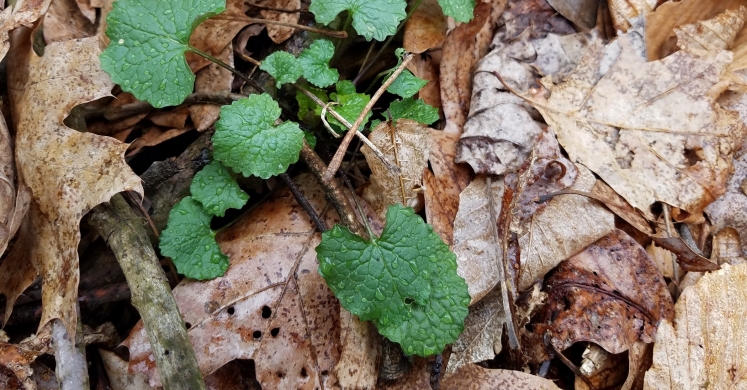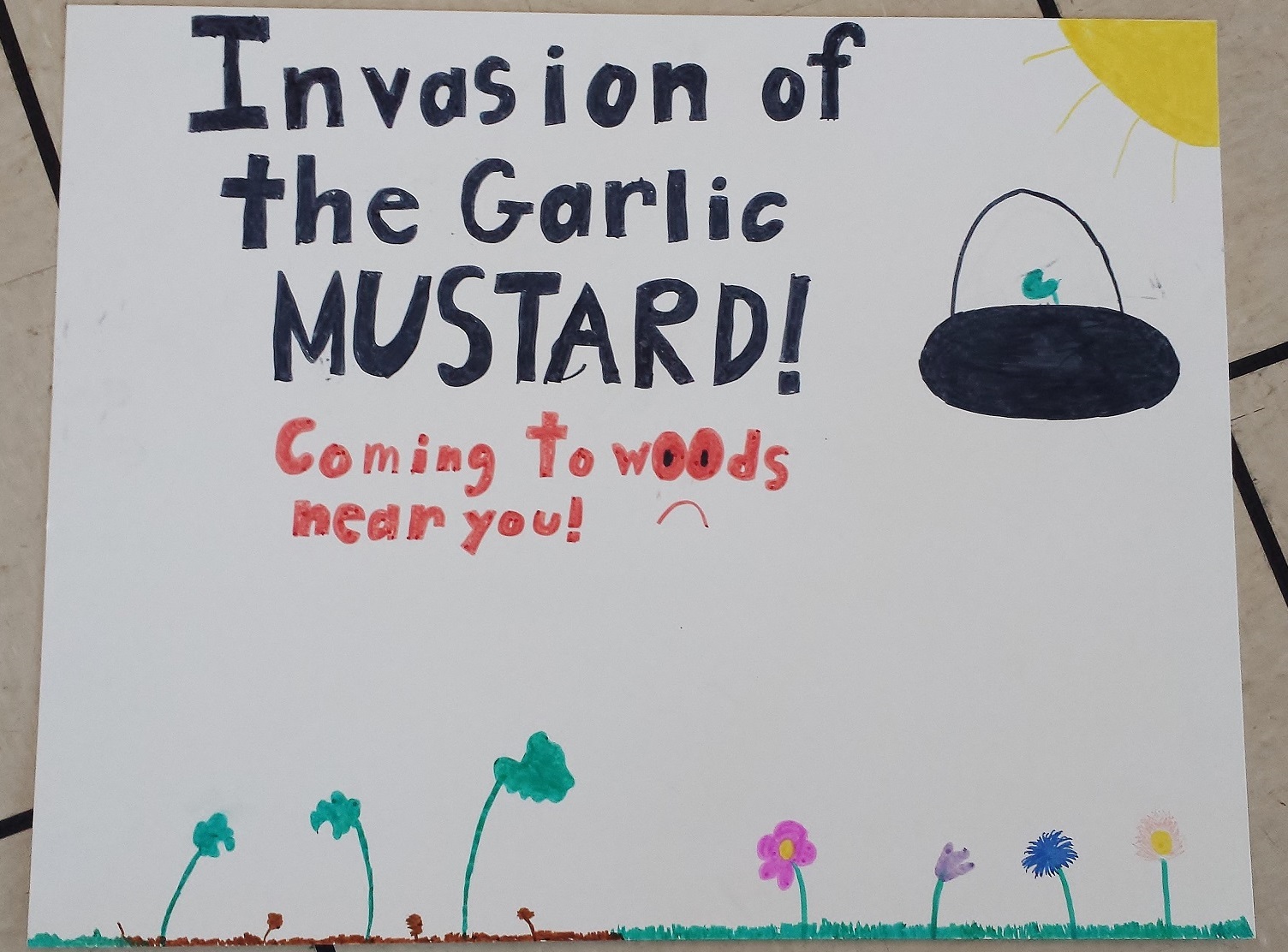Blog

#bioPGH Blog: Invasive Plants
 A resource of Biophilia: Pittsburgh, #bioPGH is a weekly blog and social media series that aims to encourage both children and adults to reconnect with nature and enjoy what each of our distinctive seasons has to offer.
A resource of Biophilia: Pittsburgh, #bioPGH is a weekly blog and social media series that aims to encourage both children and adults to reconnect with nature and enjoy what each of our distinctive seasons has to offer.
Cue the eerie music: little green invaders from somewhere far, far away have arrived and are stirring up trouble! But these green invaders didn’t fly in on a space ship, we humans brought them here (some intentionally, some accidentally), and they aren’t exactly Martians. They are invasive plants. Exceptionally costly both economically and environmentally, invasive plants might not seem as strange as a Martian, but they can certainly cause damage that is out of this world!
What exactly is an invasive species? Invasive species are any sort of plant, animal, fungus, etc, that has been introduced to a new habitat from somewhere else—perhaps even the other side of the world; and they are able to thrive in their new habitat because they have no natural competitors or predators. Most invasive plants have either escaped ornamental gardens or they were accidentally brought through ships’ ballasts or mixed in with other seeds. Not all introduced plant species become invasive, though; a new habitat may not provide for all of their specific needs like soil type, water availability, or temperatures. However, the species that do thrive often have a few tricks in their playbooks such allelopathy (production of chemicals that kill other plants), expansive root networks, or exceptionally fast growth. Any of these traits help them grow quickly and outcompete the native plants in the new habitat. (Here in Pennsylvania, there are currently at least 90 invasive plants of concern; you can find the whole list of our state’s invasive plants here through the PA DCNR)
Invasive plants don’t just displace our own native plants, though; they interfere with many other aspects of our own local ecosystems (interconnected biological communities). They alter food availability for herbivores, disrupt healthy soil fungal presence necessary for some plants to grow, and they decrease plant availability for native pollinators. Invasive plants can also cause severe economic damage for humans. Here in Pennsylvania, we have the infamous mile-a-minute vine, capable of growing up to six inches of vine every day. Because of this wild growth, it can quickly produce dense mats of vine—covering anything in its path. Another particularly costly invasive plant that we have here in Pennsylvania is Japanese knotweed. Because of its underground root networks, removal normally takes 2-3 years once the plant grows in, and it can grow nearly anywhere—including pushing through concrete. This invasive weed is so damaging from persistent growth, some United Kingdom banks will even refuse mortgages for properties with knotweed present.
This all may sound daunting for our own native plants, but don’t fret! There are a number of things we can do to slow the spread of invasive plants.
Use Native Plants in Your Own Landscaping and Gardening
As the old saying goes, an ounce of prevention is worth a pound of cure! Here in Pittsburgh, a number of nurseries specialize in native plants, including the Audubon’s Beechwood Farms Nature Reserve (http://www.aswp.org/pages/native-plants). By establishing a healthy backyard full of native plants, you will both create a difficult path for invasives, and support our pollinators!
Remove Invasive Plants From Your Property As Soon as You Spot Them
Many invasive plants grow extensive root networks, and if you can catch them as new shoots, you may be able to dig up the beginning of roots. However, quick removal will not be possible for all species. If we go back to Japanese knotweed, for example, its rhizomes that reach far distances from the shoot of the plant—which is why the knotweed can spread so quickly. With stubborn plants like this, usually the only option is a multi-year and multi-pronged approach. If you are encountering the exceptionally toughest of invasive plants, it is best to consult with experts such as a master gardener or the PA DCNR before you develop your own removal plan specific for your situation.
After removing invasive plants, avoid composting the plants and its seeds with your normal compost materials, and do not discard with your normal yard waste. This could continue the spread of invasive plants, and the seeds could survive the composting process. The DCNR suggests leaving invasive plant material in a heavy-duty bag in direct sunlight to kill the seeds before discarding the material.
Volunteer With a State, County, or Local Park
Our parks needs steady crews of volunteers to help remove invasive plants, and it is often tricky work. Working alongside a trained guide will equip you to safely remove invasive plants without accidentally spreading them.
Connecting to the Outdoors Tip: Help monitor invasive plants with iNaturalist app. You can upload records of invasive plants that you find and help track their distribution!
Continue the Conversation: Share your nature discoveries with our community by posting to Twitter and Instagram with hashtag #bioPGH, and R.S.V.P. to attend our next Biophilia: Pittsburgh meeting.

Resources
USDA: Kudzu's Invasion into Southern United States Life and Culture
National Park Service: Multi-flora Rose
Photos: Marshall Reyher CC0 license, and Maria Wheeler-Dubas

